Jennifer Aston, Discipline Lead for Landscape at SYSTRA, explores the importance of nature-based solutions in infrastructure projects and why including them from the start is crucial if we are to design and deliver truly sustainable solutions.
Suggest a green bridge to an engineer and the first question you might get is: how will that impact on capital and operational costs? For some, nature-based solutions can seem like an expensive add-on with difficult-to-define benefits.
That’s usually because they are coming at it from the wrong standpoint. Rather than overriding nature’s own solutions to climate change, flooding and habitat loss, our built environment should be designed to integrate with existing natural environments and take advantage of the things they do best.
Although other countries, such as the Netherlands, Singapore, Finland and Japan, are ahead of us, this is an ethos that is gathering more momentum here in the UK. Major infrastructure and utility owners are striving to make nature-based solutions the first thing we think of when planning major works and upgrades – rather than the last.
Regulation is helping with that shift. The introduction of biodiversity net gain requirements in February 2024 has put some aspects of ecology and, to some extent, nature-based solutions, to the fore in planning larger projects. From November 2025, Development Consent Orders for Nationally Significant Infrastructure Projects will have to demonstrate how they will deliver biodiversity.
Nature-based solutions go far beyond increasing biodiversity, however. They can help to reduce carbon emissions, future-proof communities against the impacts of climate change, make neighbourhoods more liveable and comfortable, and deliver benefits to health and wellbeing which in return reduce financial draws on for example, the NHS.
A broadening focus on nature-based solutions from a wider range of organisations is reflected in the work that we do in SYSTRA’s Nature Positive team of landscape architects and ecologists. From a historic focus on nature-based solutions associated with transport corridors such as new wetlands, forests and green bridges, our work is now moving into urban settings where nature-based solutions such as swales and raingardens, new tree canopies and pocket parks, can be retrofitted to deliver multiple benefits to the environment and to people.
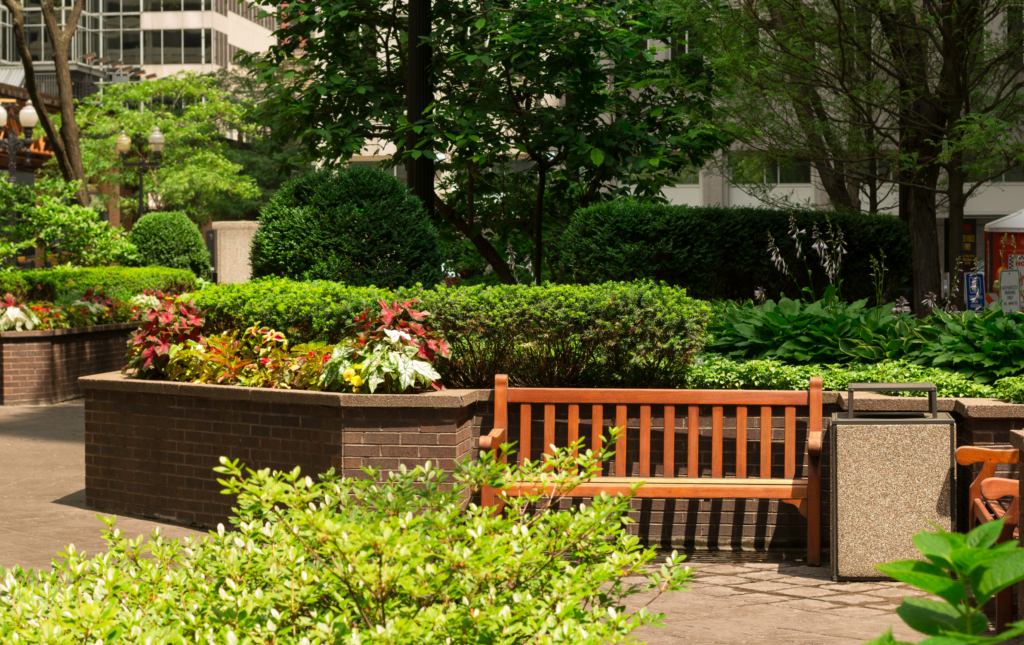
For example, we have recently secured a place on the United Utilities’ Specialist Design Development Partners Framework, with projects set to find ways to improve river quality across the North West of England with rainwater management and nature-based solutions.
Early integration
To achieve the optimum cost-benefit ratio in deploying nature-based solutions, experts from multiple disciplines have to work together from day one. We’ve seen the benefits of this at SYSTRA where our infrastructure and environment teams are now combined, allowing better communication and collaboration. That closeness means that its easy for team leaders to ask questions of each other and to interrogate ‘what if’ scenarios early in the design process.
As the industry gets better at this more integrated approach, the broader benefits will become more apparent. Ultimately, the UK needs nature-based solutions to be part of the wider planning strategy, be that for infrastructure projects or for urban areas. Joined up thinking – and joined up nature-based solutions – will help magnify benefits further and lower the risk of standalone nature-based solutions which might fail to deliver on their intended outcomes.
For younger engineers joining our business, there is no learning curve when it comes to thinking about traditional, hard engineering solutions and nature-based solutions as one. They come to us open and aware, with a new sense of responsibility to the world and a genuine interest and enthusiasm for nature-based solutions.
Wonderfully, the younger engineers’ mindset shows us the direction of travel. Rather than asking why we should consider nature-based solutions as part of a new piece of infrastructure, their question is – why would we not?
You can read Jennifer’s HS2 Learning Legacy paper on the ‘HS2 design approach to green infrastructure’ here.
You May Also LIKE
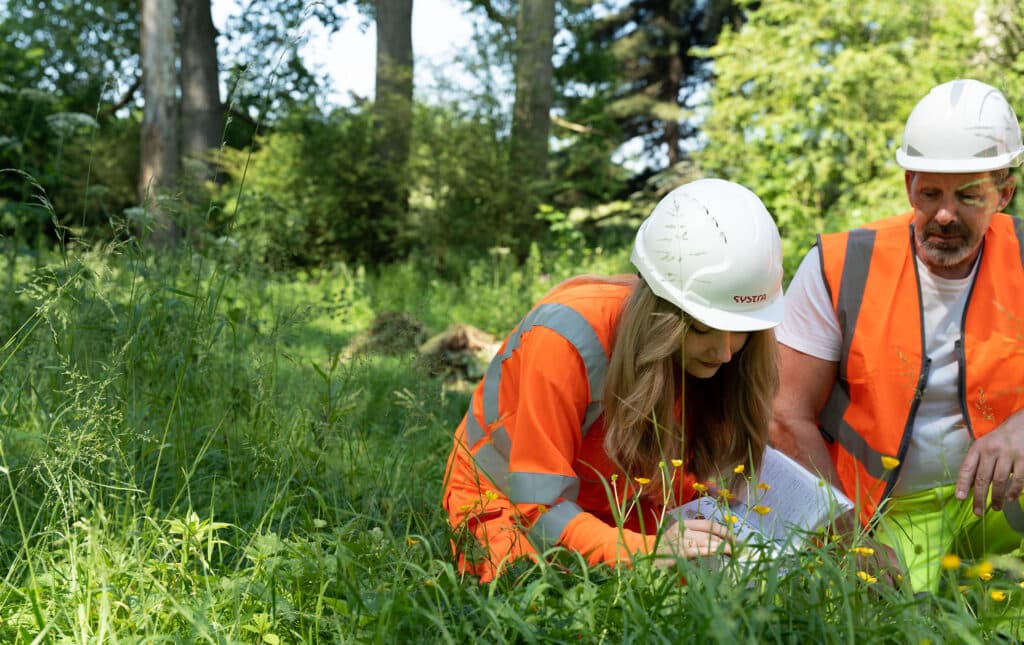
- services
Nature Positive
Read more sur Nature Positive
- services
Environmental Services
Read more sur Environmental Services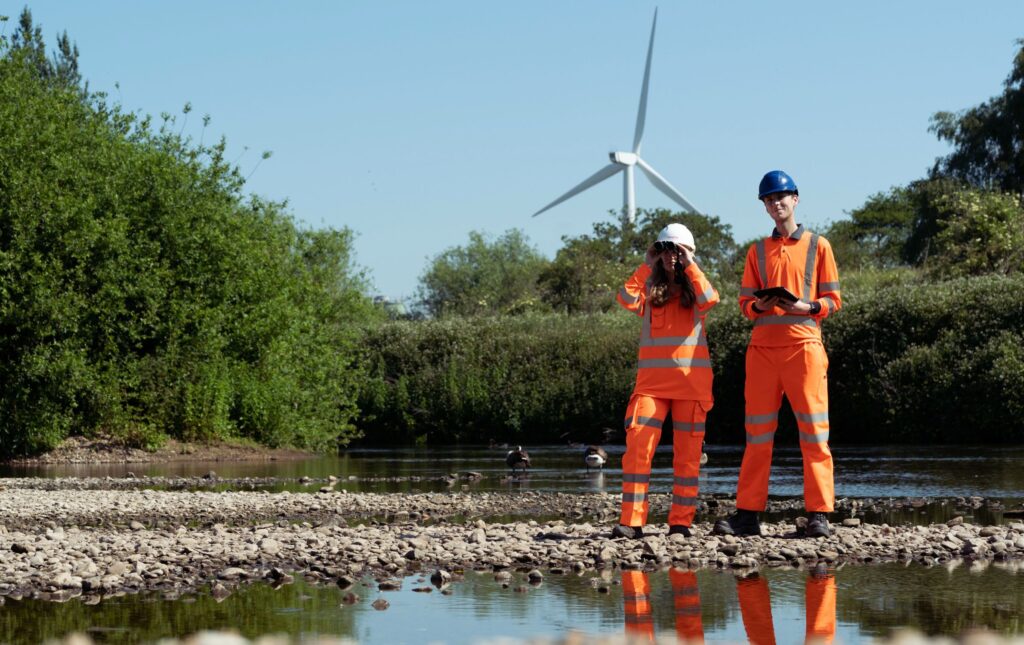
- markets
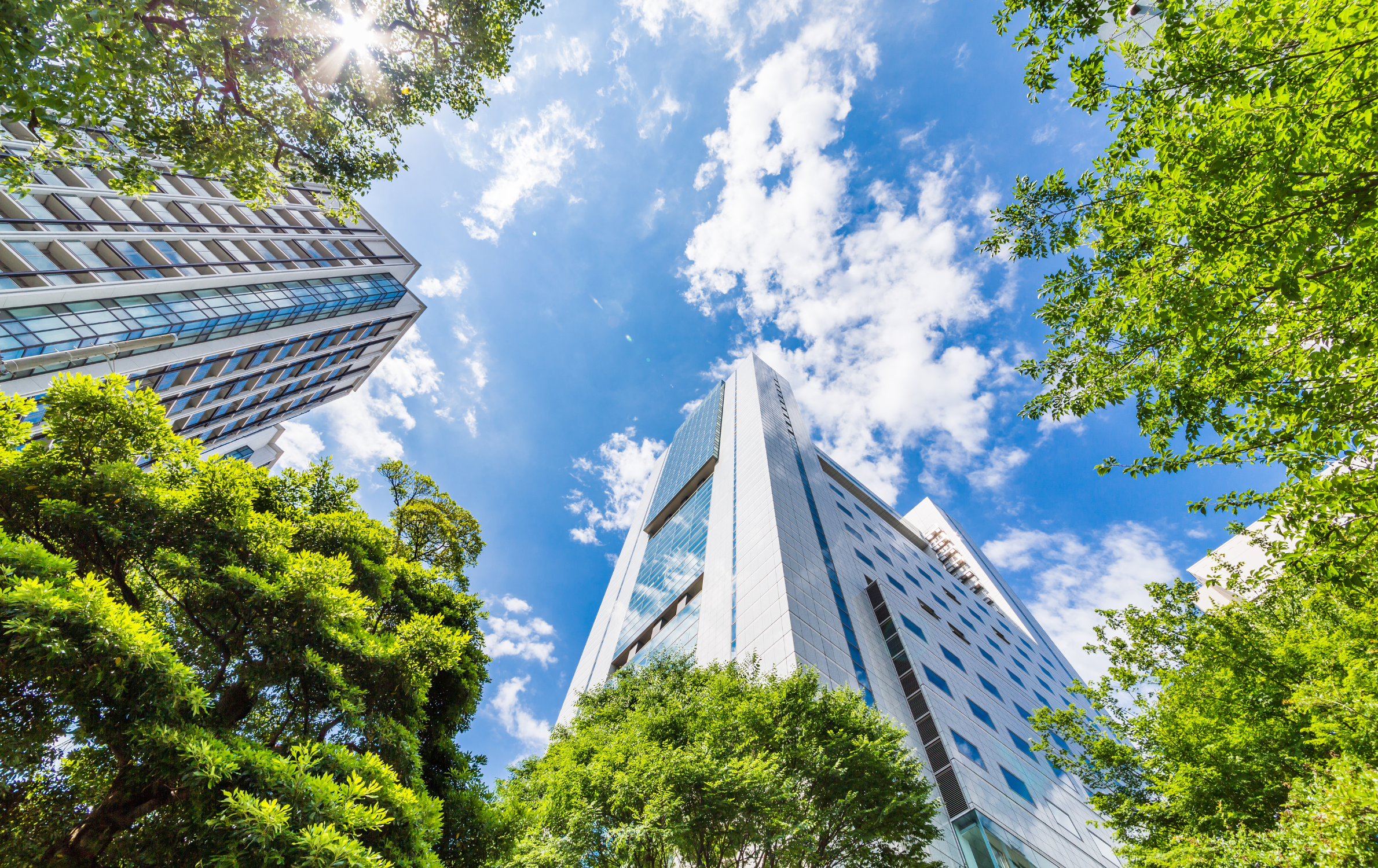
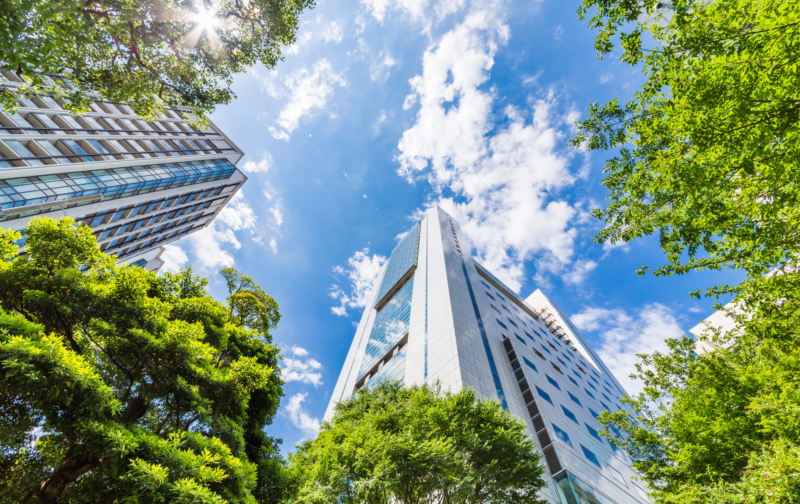
 Australia
Australia  Brazil
Brazil  Canada
Canada  Chile
Chile  China
China  Columbia
Columbia  Denmark
Denmark  France
France  India
India  Indonesia
Indonesia  Italy
Italy  Malaysia
Malaysia  New Zealand
New Zealand  Norway
Norway  Panama
Panama  Peru
Peru  Poland
Poland  Portugal
Portugal  Saudi Arabia
Saudi Arabia  Singapore
Singapore  South Korea
South Korea  Spain
Spain  Sweden
Sweden  Taiwan
Taiwan  Thailand
Thailand  Türkiye
Türkiye  United Kingdom
United Kingdom  United States
United States  Vietnam
Vietnam